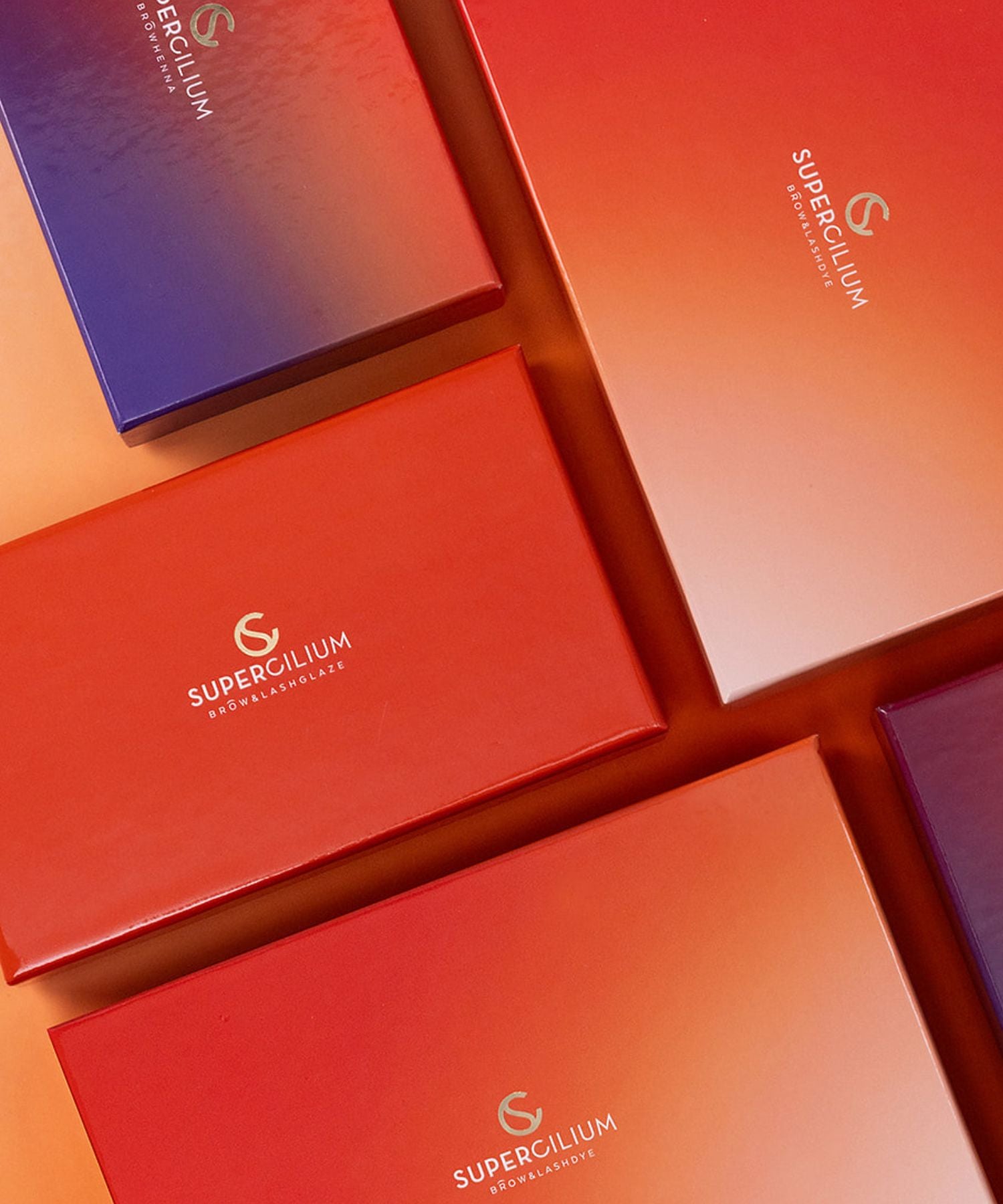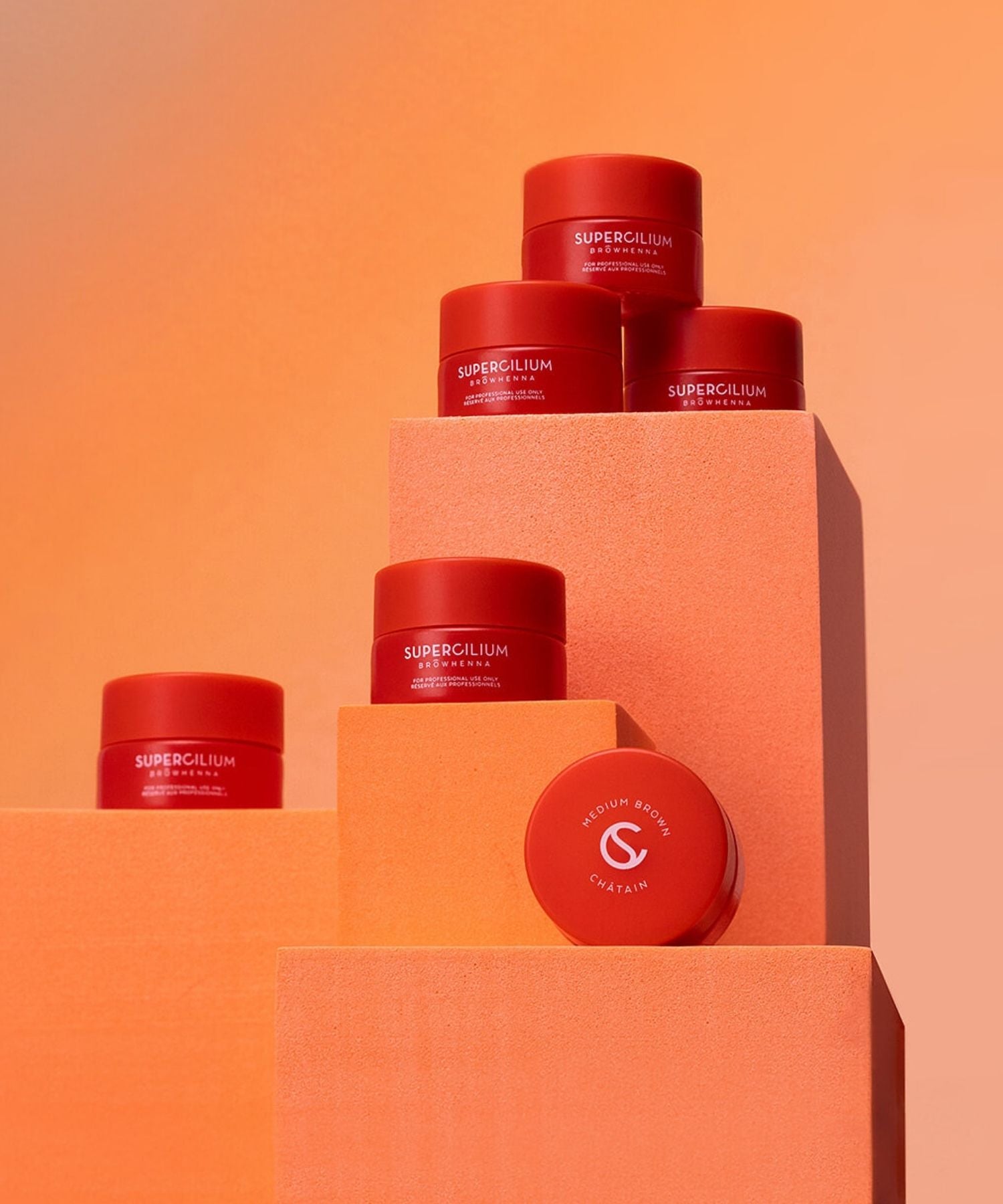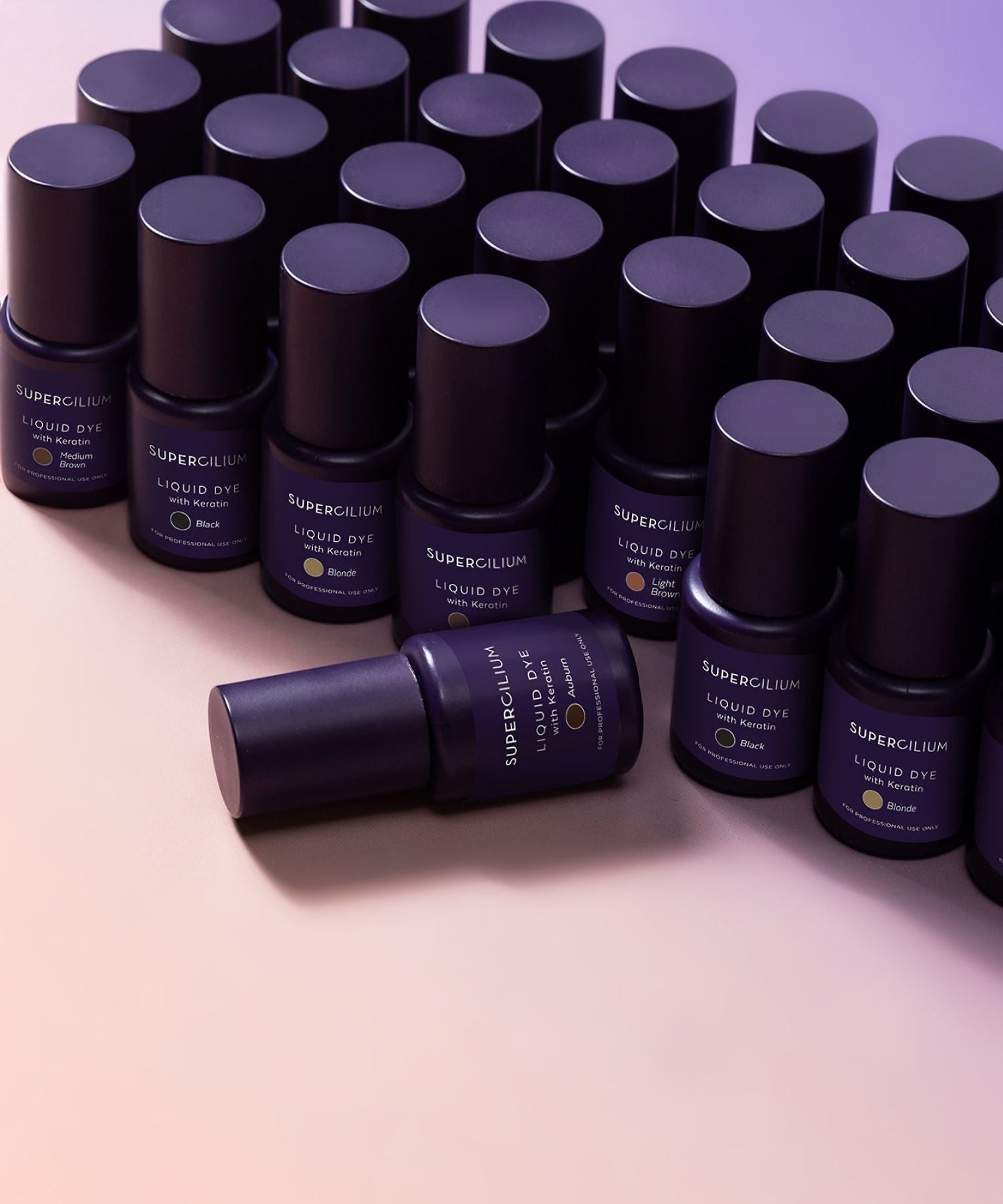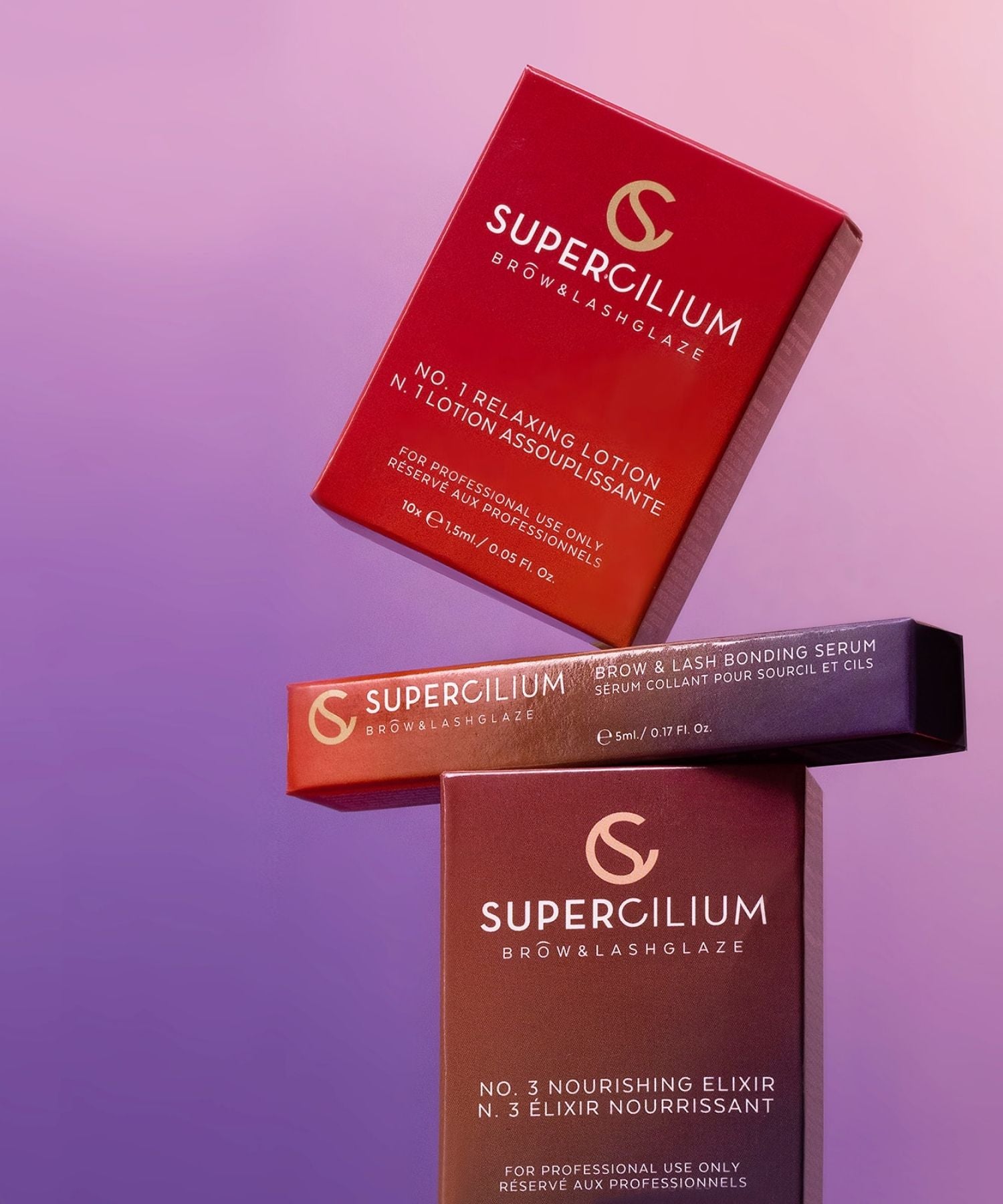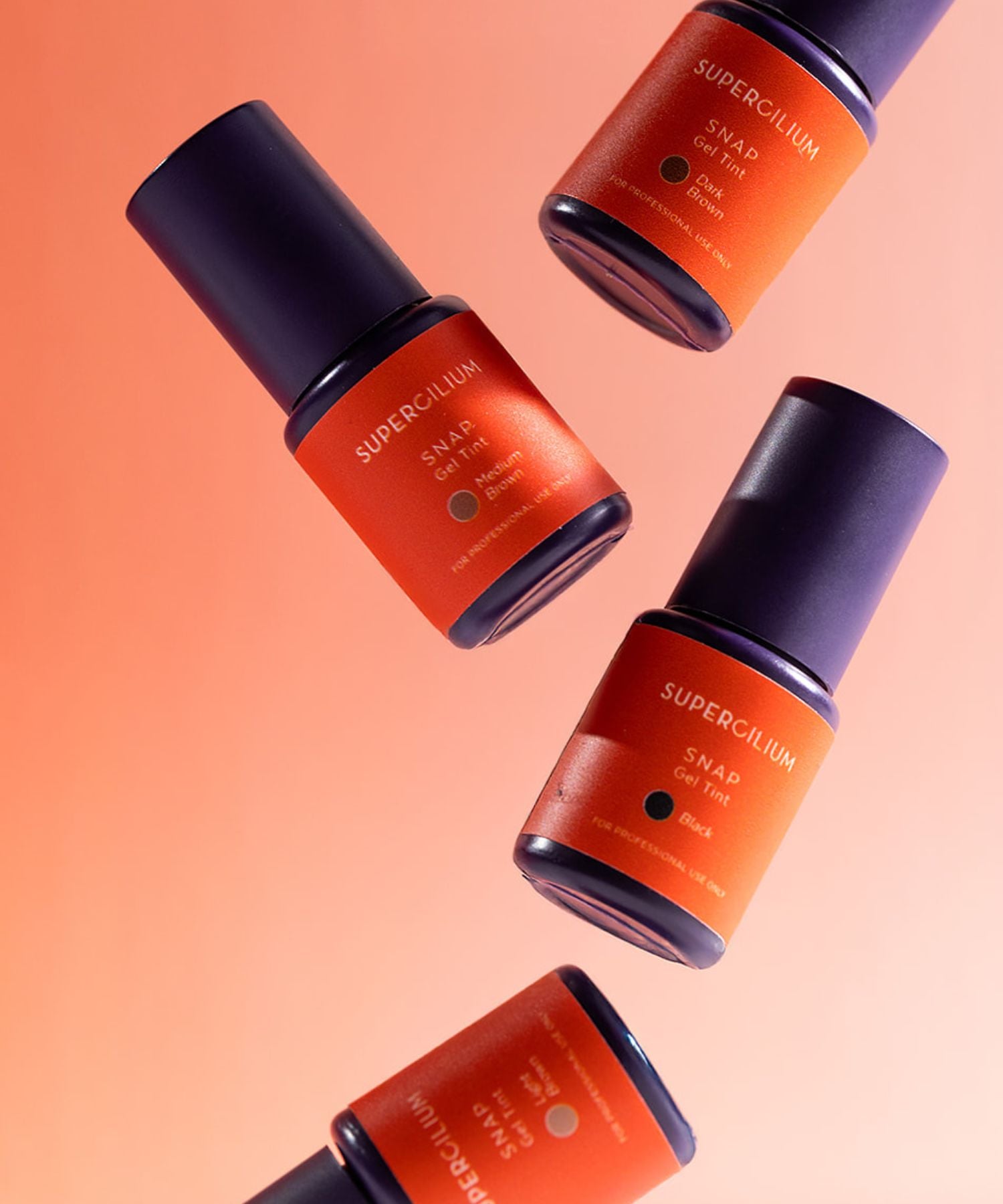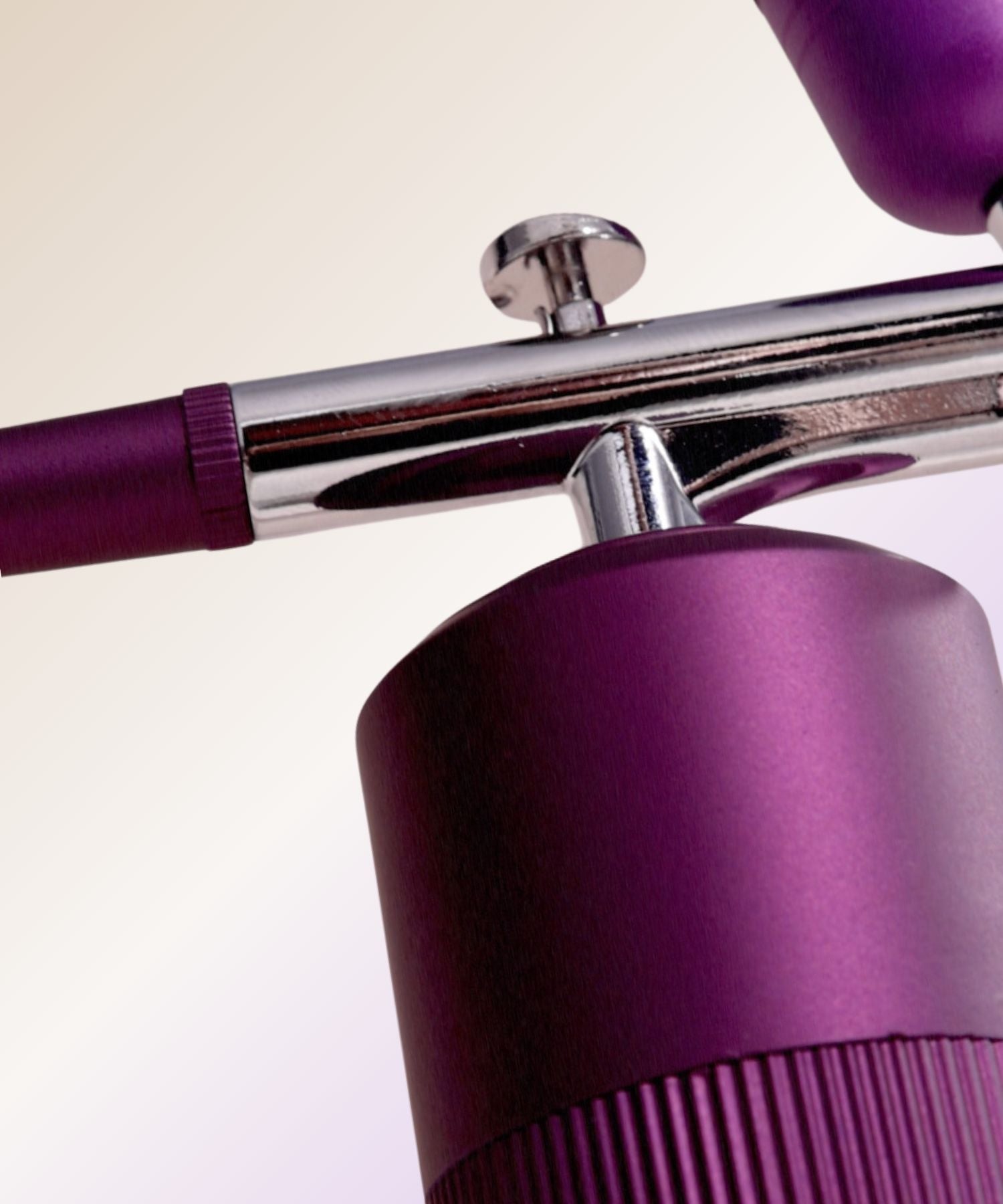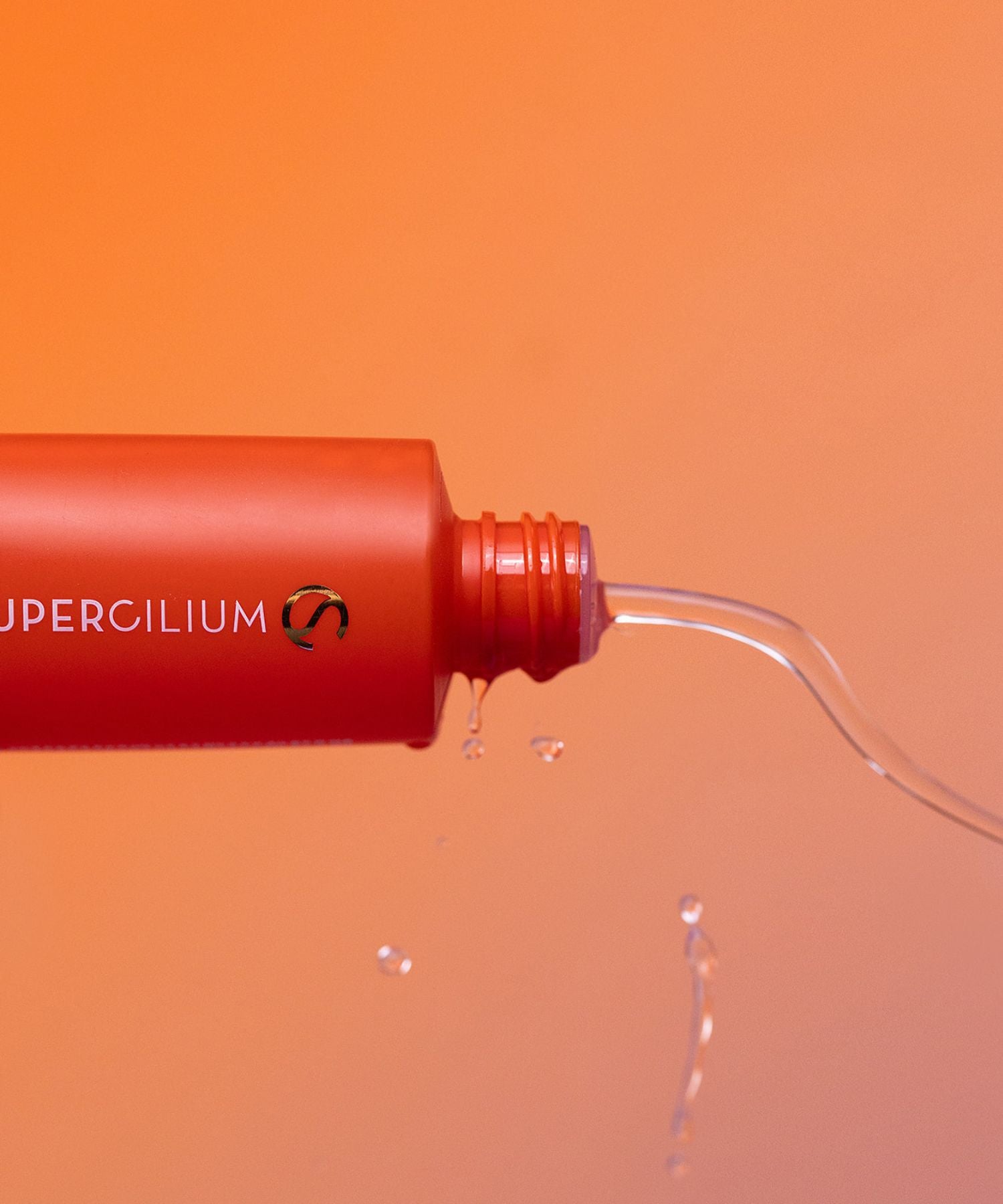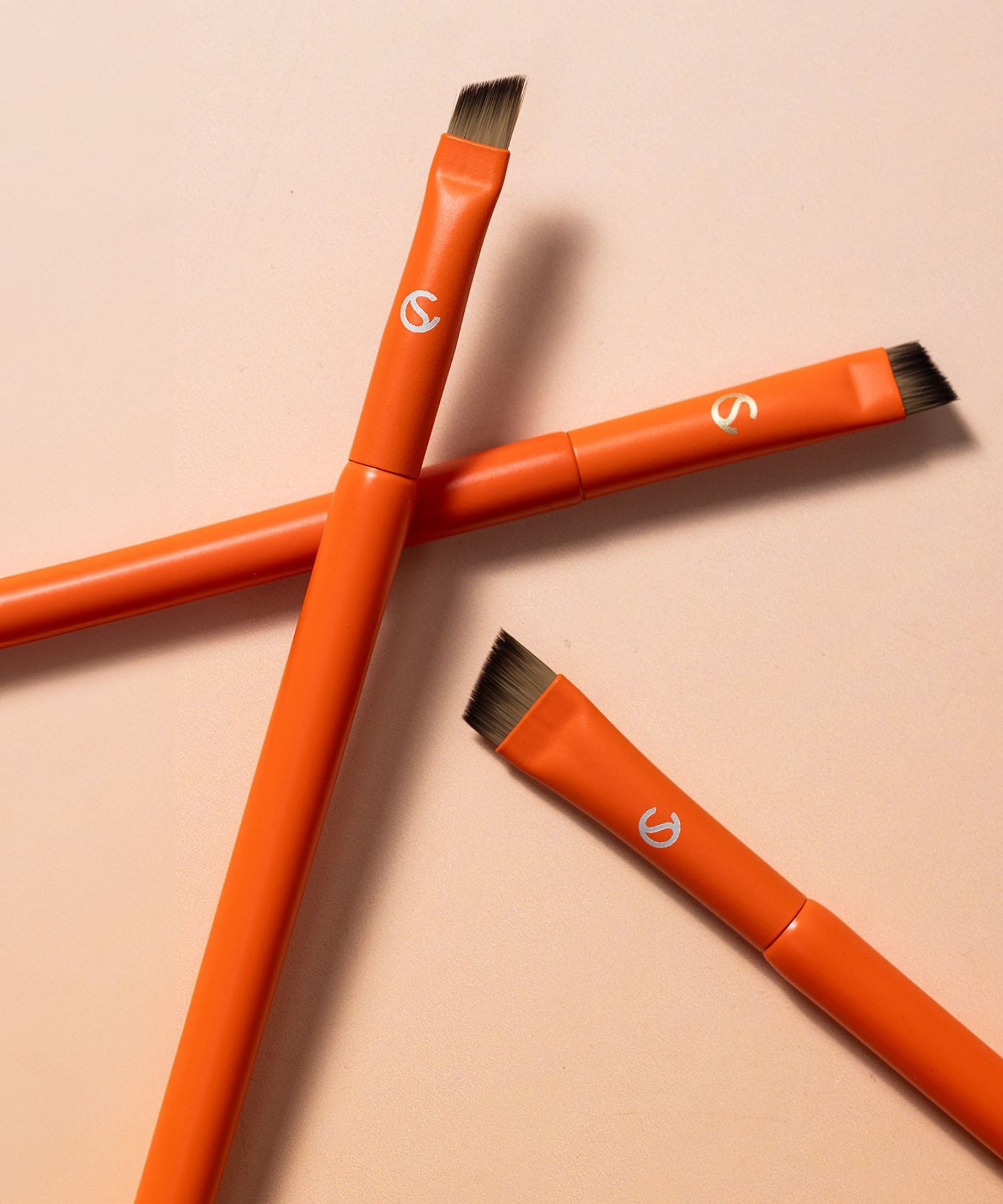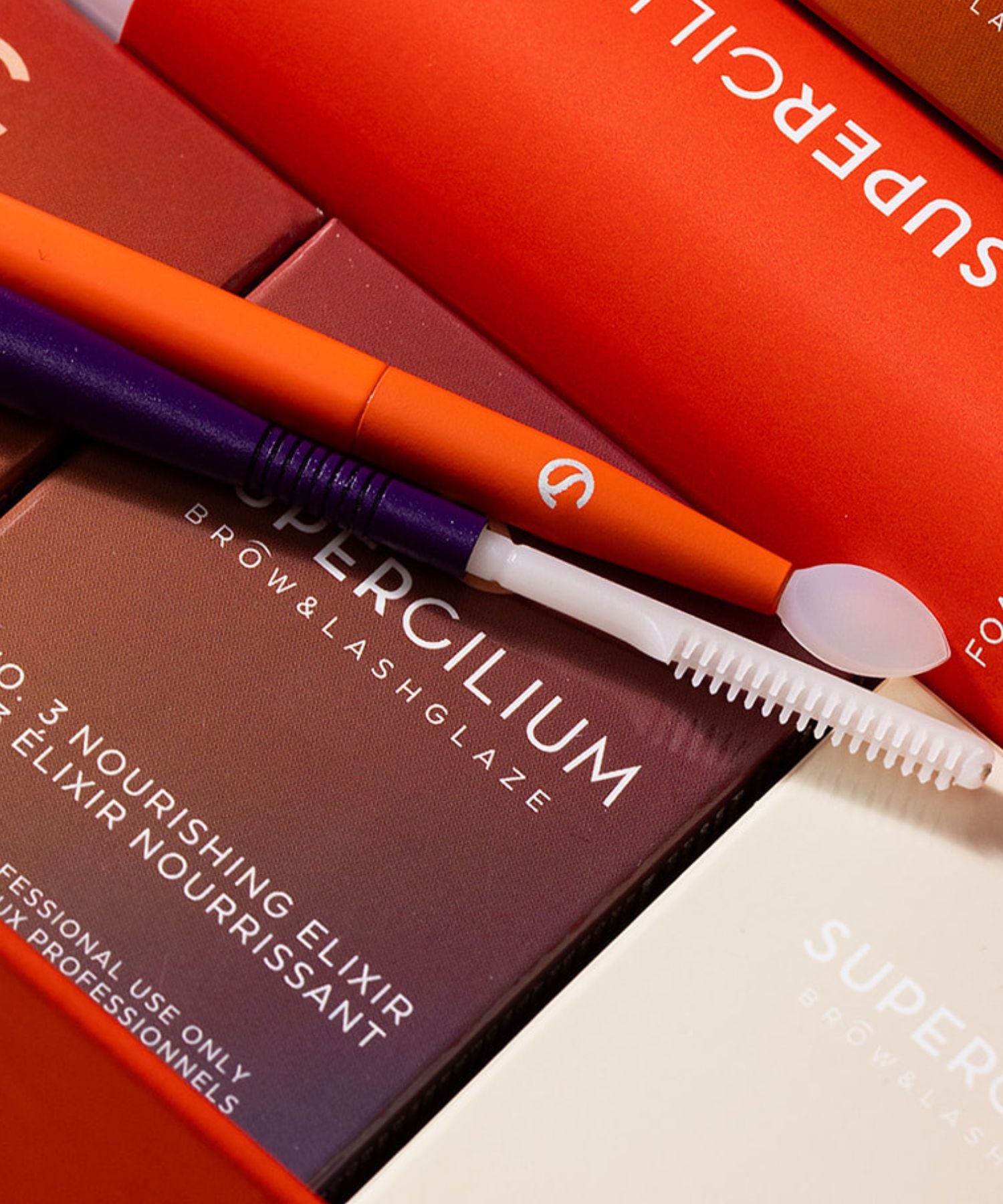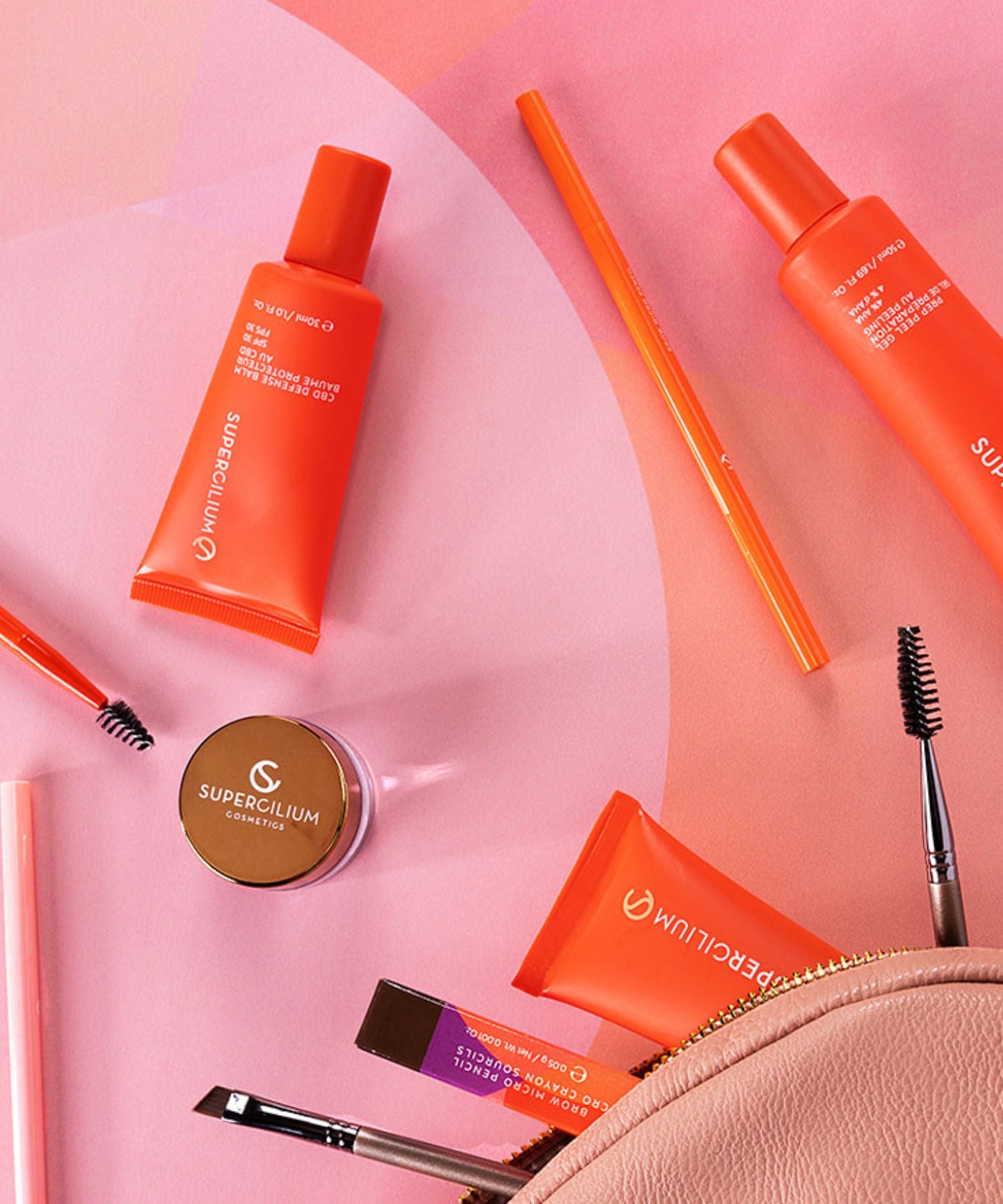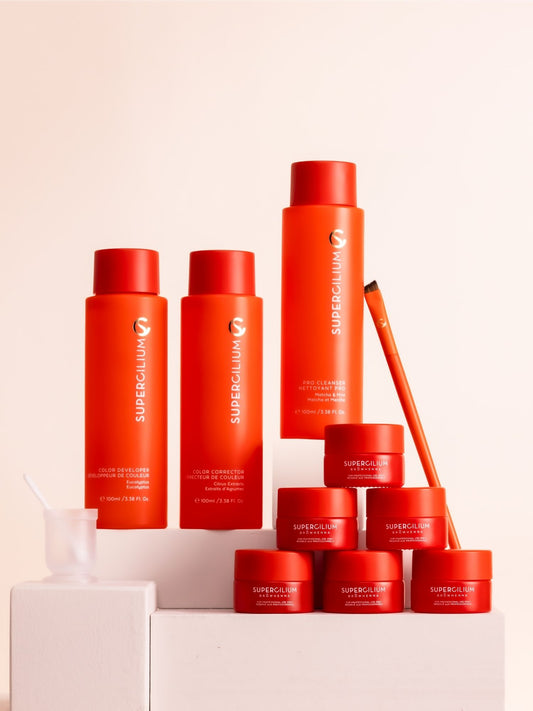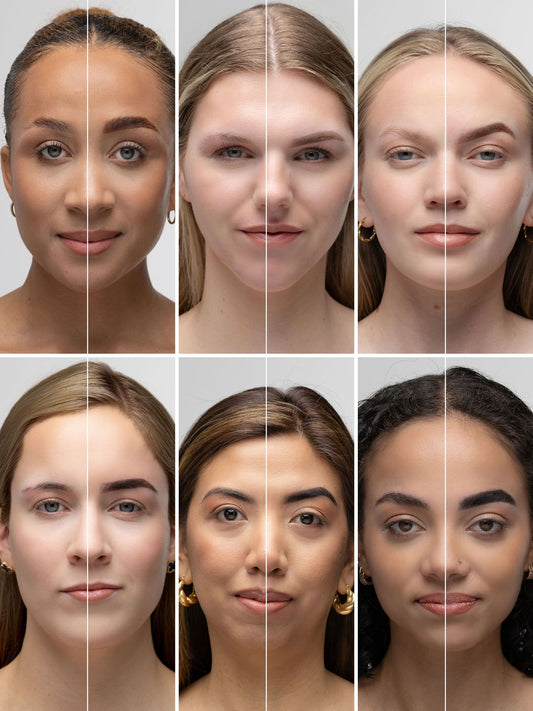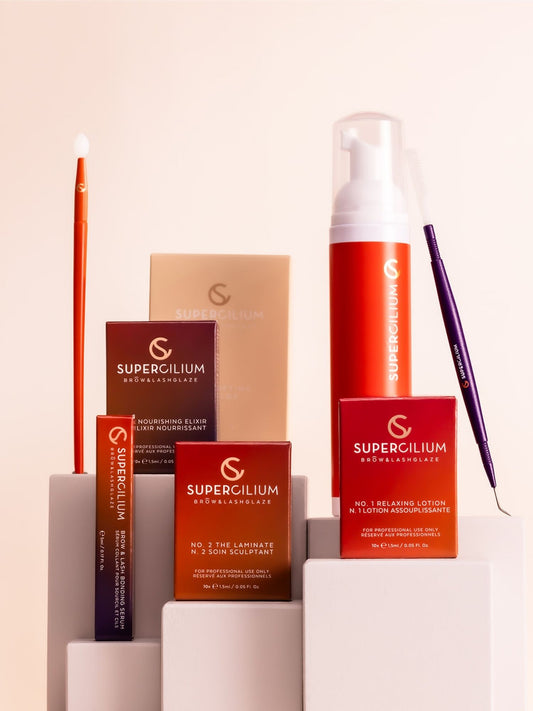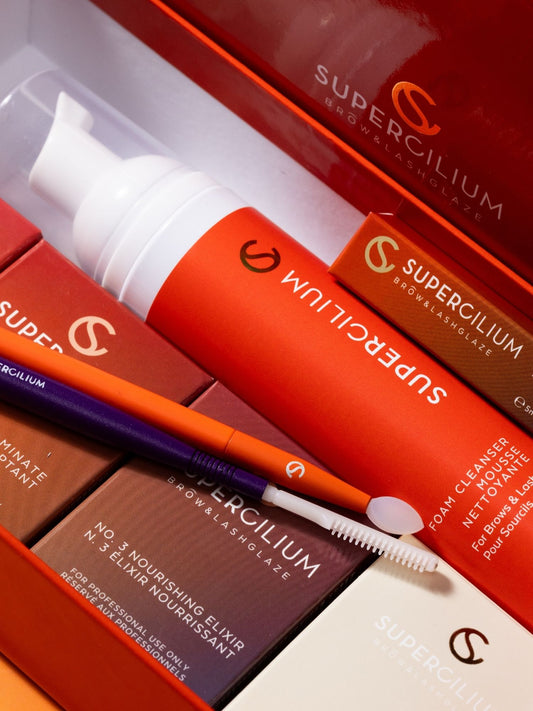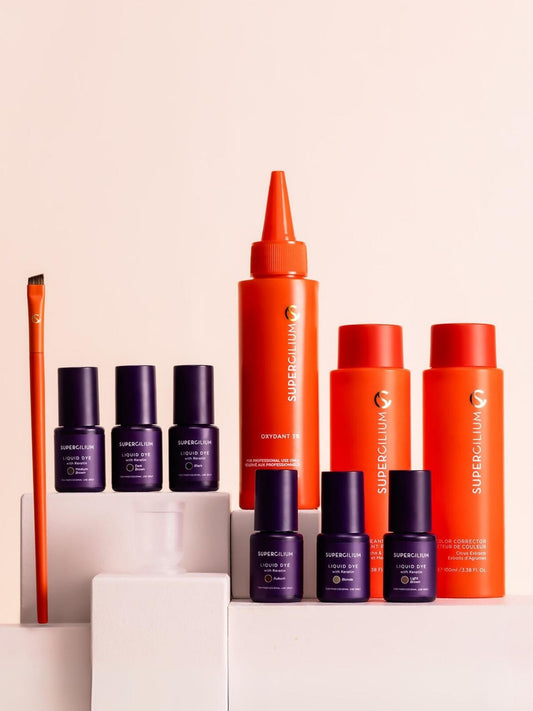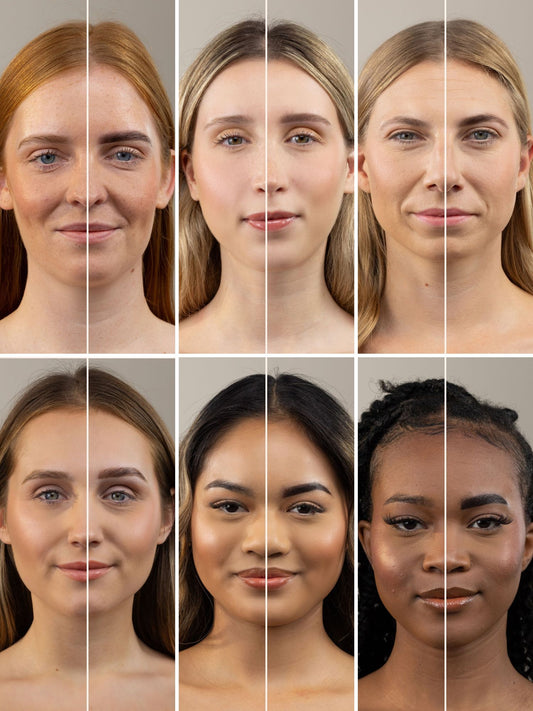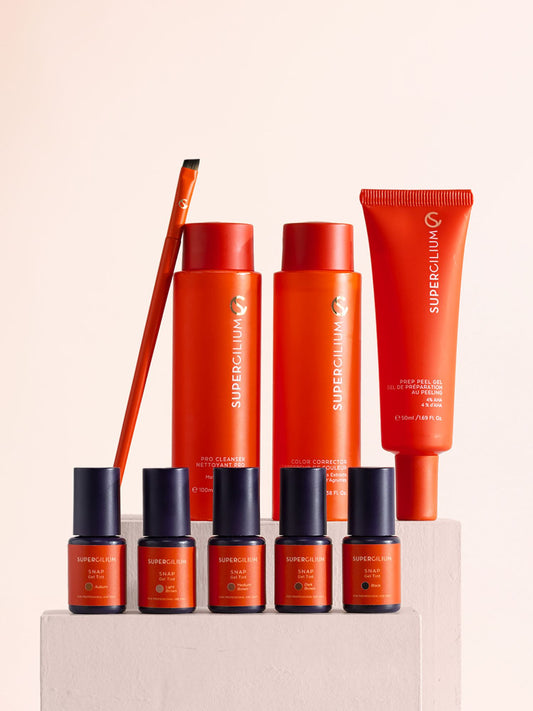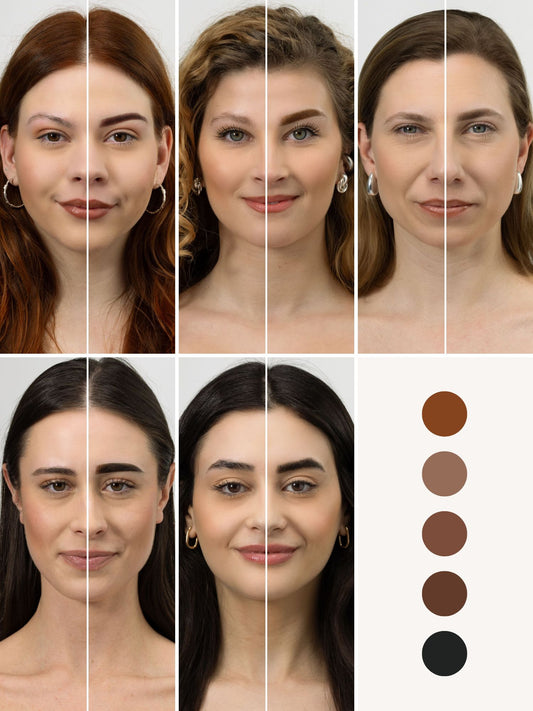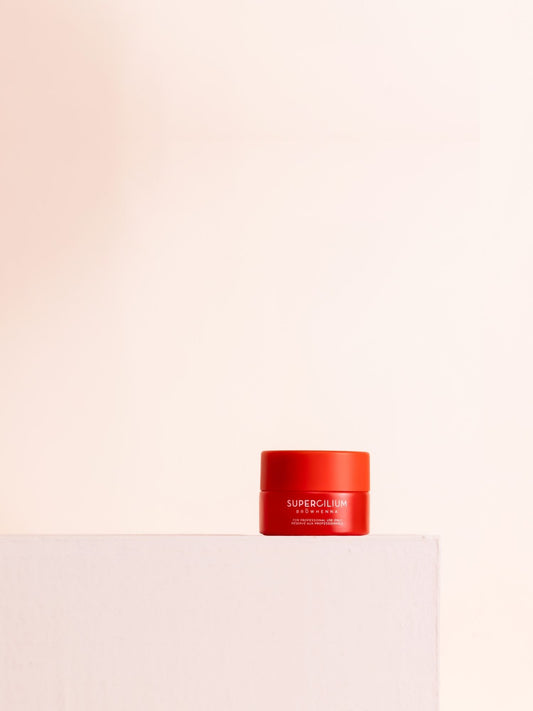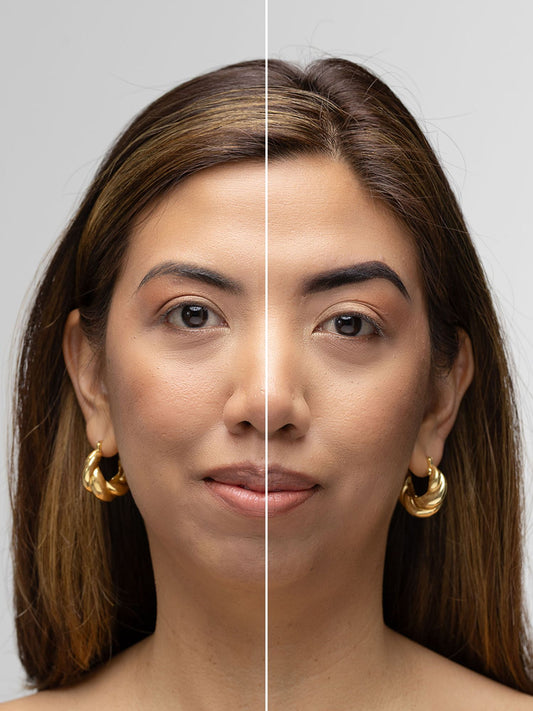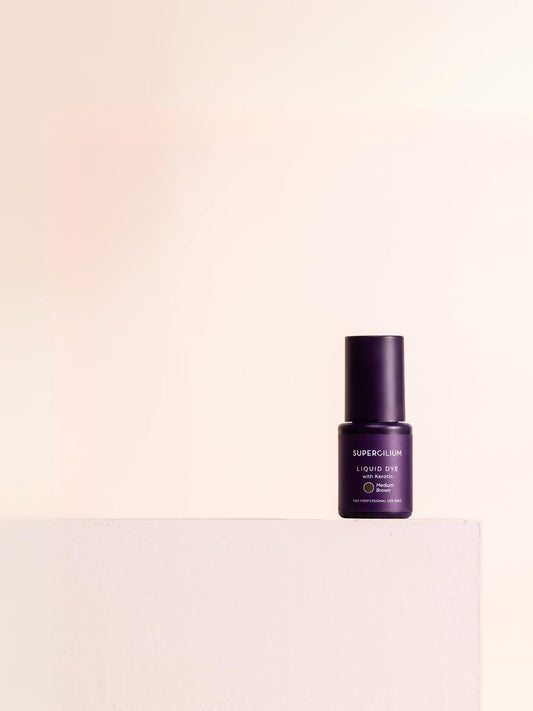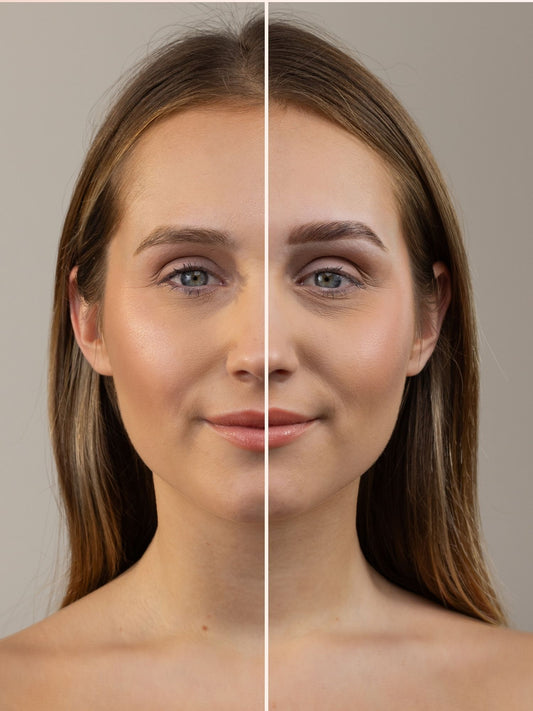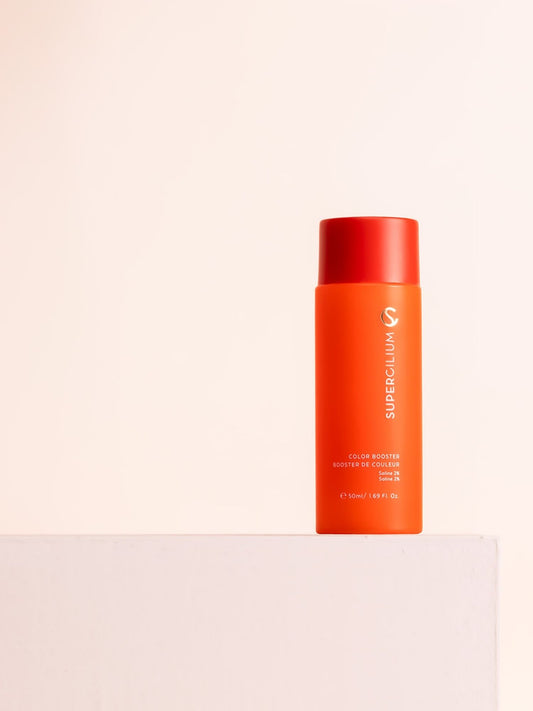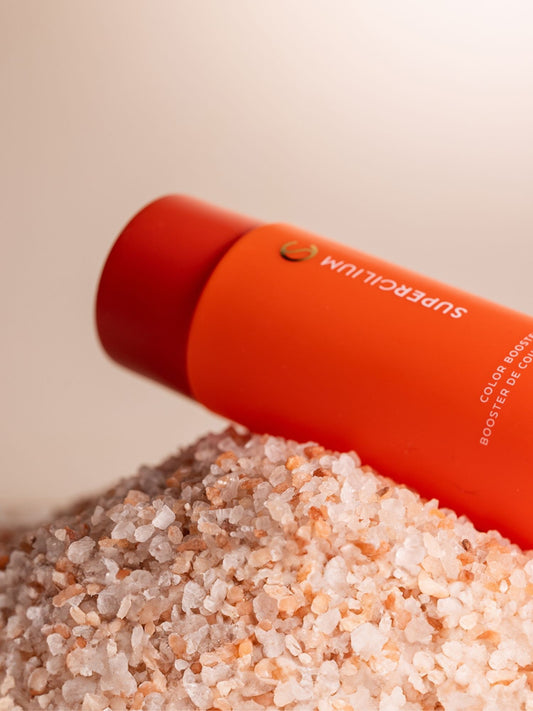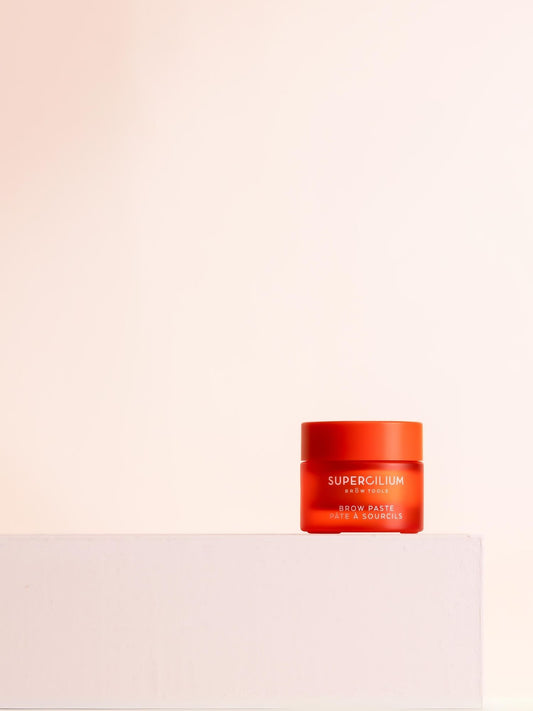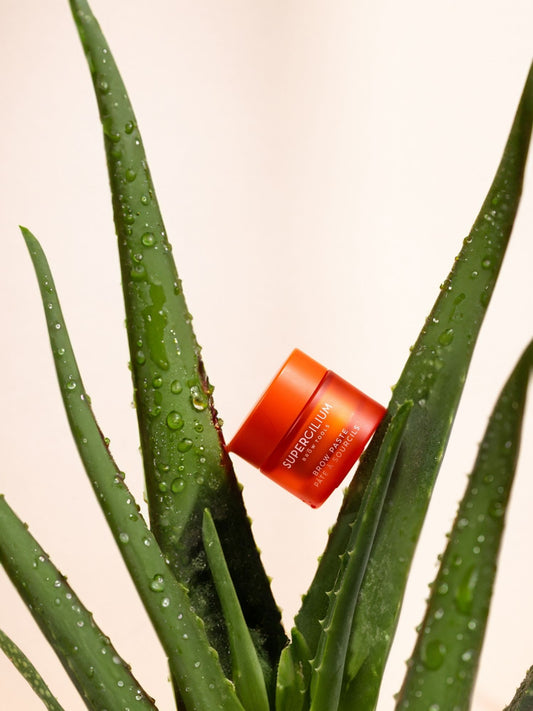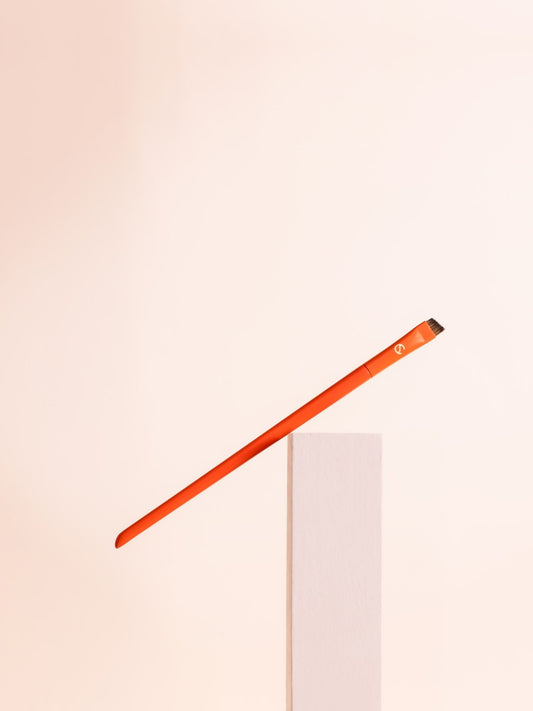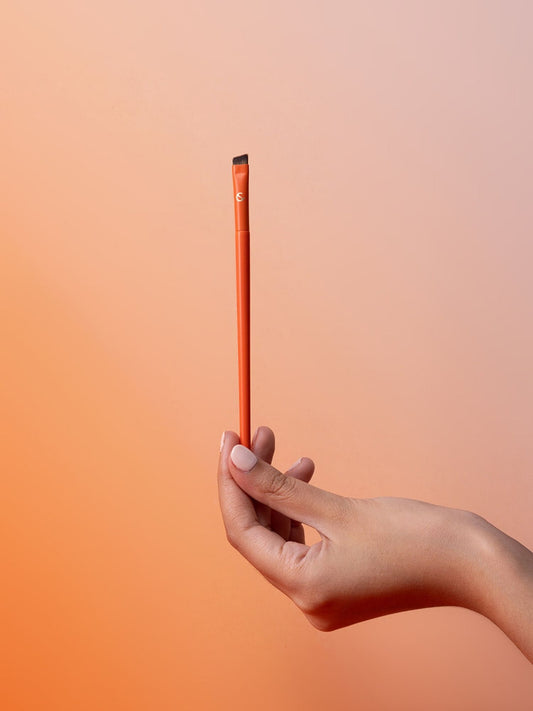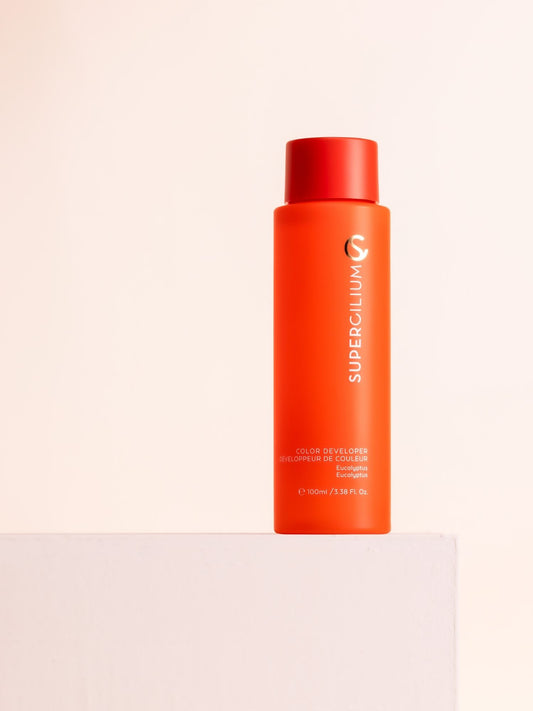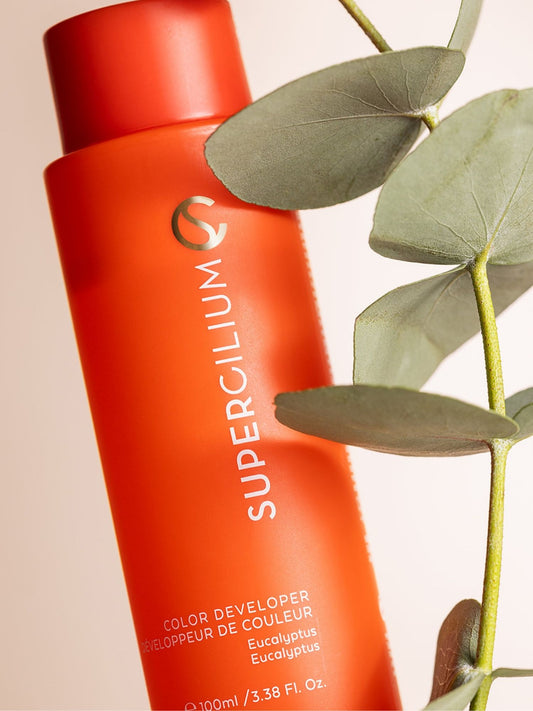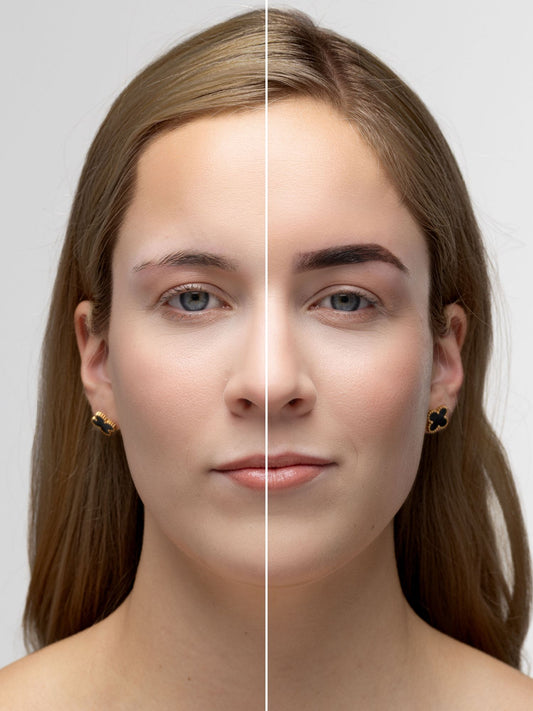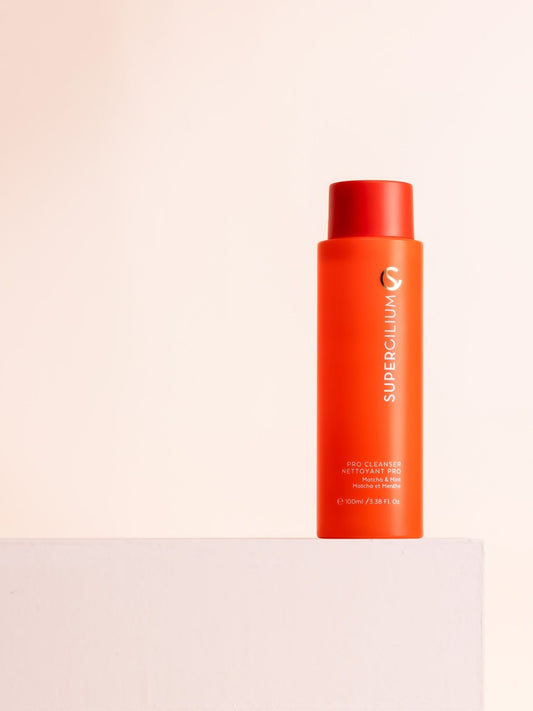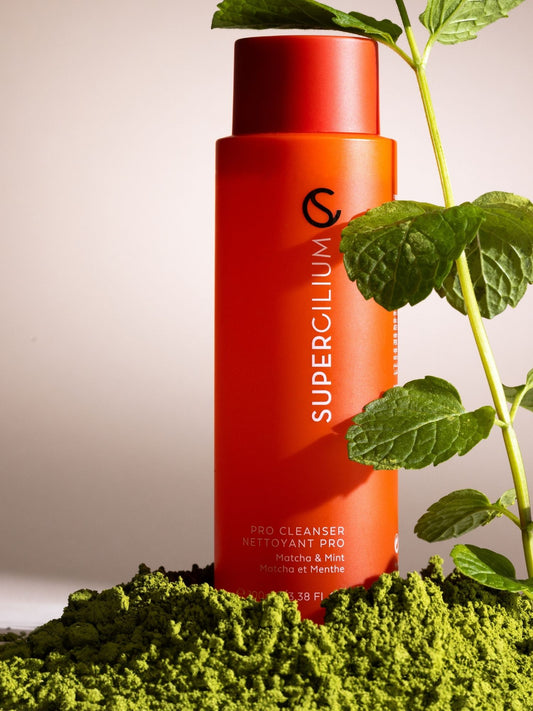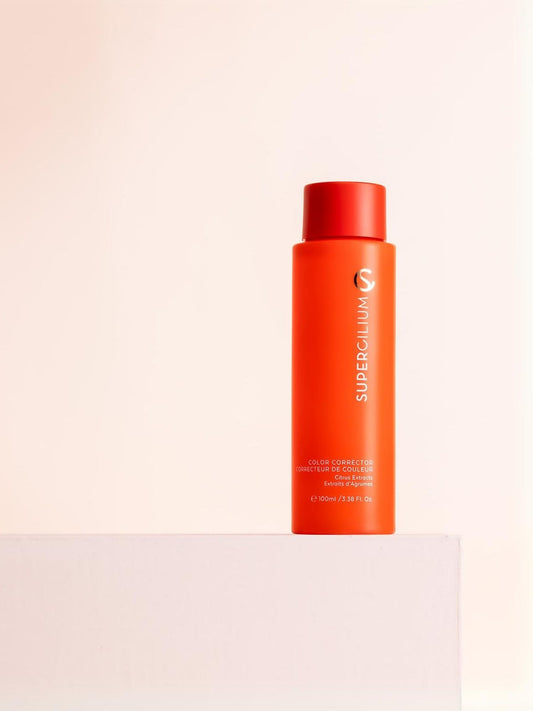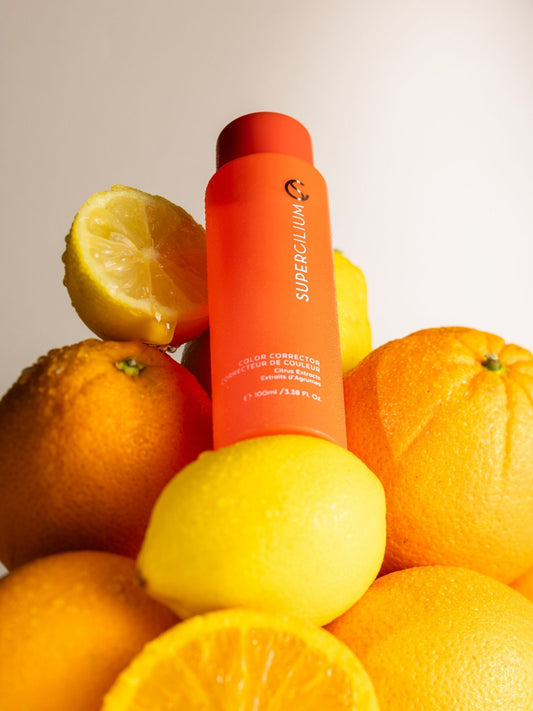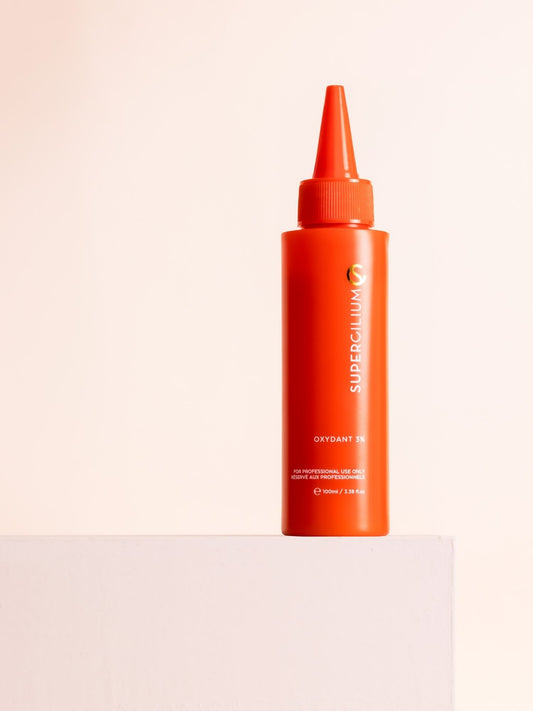
My clients is allergic to PPD, can I still dye their brows?
written byBeria Edirne
In This Article
What is SNAP – The PPD-Free Brow Tint
At Supercilium, we believe brows should be for everyone - even those with sensitive skin or PPD allergies. While our Henna and Liquid Dye are loved by Brow Artists worldwide, we knew some clients needed a gentler option. That’s why we developed SNAP Gel Brow Tint - a safe, PPD-free alternative to traditional brow dyes that still delivers beautiful, skin-staining results.
Why you will love it:
-
- 100% PPD-Free – Safe for even the most sensitive clients
- No developer needed – Just shake, apply, and you're done
- Quick stain power – Skin stains in seconds, ideal for clean shaping and definition
- Perfect for allergy-prone clients – Say goodbye to post-treatment panic
It’s more than a tint - it’s a safe eyebrow dye alternative that keeps your reputation intact and your clients coming back.

SNAP all-in-1 kit: 5 colors of PPD-free eyebrow tint, Medium Angled Brush and Brow Care
What is PPD in Eyebrow Dye?
PPD stands for Paraphenylenediamine - a chemical compound commonly found in hair dyes and eyebrow tints. It’s used to create long-lasting, deep color, especially in darker shades.
While it’s effective in delivering bold results, PPD is also one of the most common causes of allergic reactions in cosmetic dye products. That’s why many clients with sensitive skin or a history of brow tint allergies are advised to avoid it.
Common signs of Eyebrow Dye allergy:
-
-
Redness or itching around the brow area
-
Swelling of the eyelids or brows
-
Burning or tingling sensations
-
Flaky, dry, or irritated skin
-
Blisters or raised rashes near the tinted area
-
These reactions usually appear within 24 - 48 hours after applying a product containing PPD or other allergens. In severe cases, reactions can happen in just a few minutes.
The importance of Patch Tests:
Let’s be honest: asking your client to come in 48 hours before their appointment just for a Patch Test? It feels like a hassle - for them and for you.
You might even hear:
“Do I really have to?”
Or: “But I’ve done tinting before and never had a problem!”
We get it. You're busy. They're busy. But here’s the truth: a two-minute test today can prevent a full-blown allergic reaction tomorrow - and that’s a risk no Brow Artist wants to take. Want to make their patch test walk-in more ‘useful’? Already shape their eyebrows while you wait for the patch test. This makes the waiting a bit more fun, since they can already walk out one step closer to their dream brows.
Even with PPD-free tints like SNAP, it’s still worth testing. Some clients react to other ingredients, or they simply have ultra-sensitive skin. Every person is different - and the last thing you want is to be blamed for a swollen brow area hours after the appointment.
A quick patch test can:
→ Avoid reactions and complaints
→ Show your professionalism
→ Build trust with new clients
→ Protect your business (and your peace of mind)
Yes, it’s annoying. But so is dealing with a reaction, a refund, and a bad review.
Wanna know more? Watch a video with our Master Trainer Chloe about PPD in Brow Henna:
What to do when a client is allergic to Brow Dye
So your client is having a reaction - either after a patch test, or worse, right there in the chair. Whether they told you they had a PPD allergy or not, here’s what to do next:
If you skipped the Patch Test and a reaction starts on the brows:
-
Stop immediately: Gently remove the product from the brows using cool water and a soft, damp cotton pad.
-
Do not apply anything else: No soothing gels, creams, oils, or cleansers - just stop. Applying more products can make things worse and increase irritation.
-
Calm and reassure your client: Let them know this is likely a brow dye allergy, and it’s best to let the skin breathe. Avoid blaming the product or the client. Stay supportive and clear.
-
Advise medical attention if needed: If the skin continues to swell, sting, blister, or worsen - they should consult a doctor or dermatologist immediately.
-
Follow Up: A quick check-in message later shows you care and builds trust - even after a difficult experience.
If you caught the allergy with a Patch Test:
High five - you saved the day and you will not lose your client (and money). Now you can recommend a PPD-free alternative like SNAP Gel Brow Tint. It’s specifically designed for sensitive clients and doesn’t contain the typical triggers found in regular brow dyes!

How to use SNAP on sensitive clients
If you're tinting brows for a client with a PPD allergy or sensitive skin, here’s how to get flawless results using SNAP Gel Tint - straight from Mandy, owner of Blush Beauty in Groningen.
Mandy regularly works with clients who can't tolerate traditional brow dyes, and SNAP has become her go-to for safe, skin-staining results. Here’s her exact method:
Mandy’s SNAP application steps:
- Outline the shape: Apply white Brow Mapping Paste around the brows to create your map. This acts as a barrier and a guide.
- Apply SNAP at the base: Start with the bottom line of the brow using SNAP Gel Tint and a Medium Angled Brush. Mandy used the shade Dark Brown for defined but natural results.
- Blend upward: Gently brush the tint upward for a soft, ombré effect.
- Let it sit for just 1 minute: SNAP develops fast - perfect for reactive or sensitive skin types.
- Wipe away: Gently remove the tint using a damp cotton pad, following the hair growth.

Mandy from Blush Beauty in Groningen, The Netherlands, used Dark Brown.
FAQ
What is PPD and why is it in brow dye?
PPD (Paraphenylenediamine) is a chemical used in many hair and brow dyes to create rich, dark, long-lasting color. While effective, it’s also a common allergen - especially for clients with sensitive skin.
How do I know if my client is allergic to PPD?
Signs include redness, itching, swelling, or a burning sensation after applying dye. That’s why it’s essential to always do a patch test at least 24-48 hours before the appointment.
Can I still tint my client’s brows if they’re allergic to PPD?
Yes! You can use a PPD-free brow tint like SNAP Gel Tint, which stains only the skin (not the hair) and is specially formulated for sensitive clients.
Does SNAP still need a patch test if it’s PPD-free?
Yes. Even though SNAP is PPD-free, every client’s skin is different. A quick patch test ensures there’s no reaction to other ingredients and keeps your treatments 100% safe.
How long does SNAP last on the skin?
SNAP stains the skin for up to 7 days, depending on the client’s skin type and aftercare routine. It’s perfect for soft definition or mapping during shaping and lamination.
Is SNAP good for first-time clients?
Absolutely. SNAP is a great option for clients new to tinting because it’s gentle, quick, and non-committal. There’s no mixing, no oxidant, and minimal risk of reaction.

